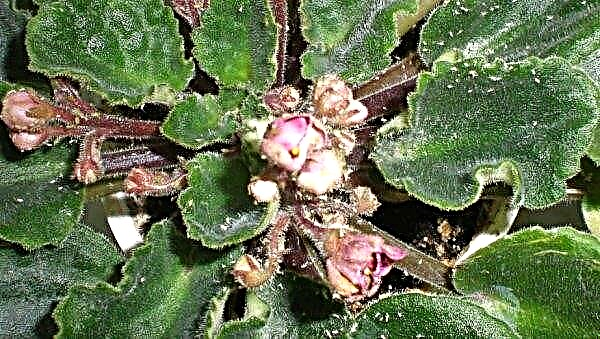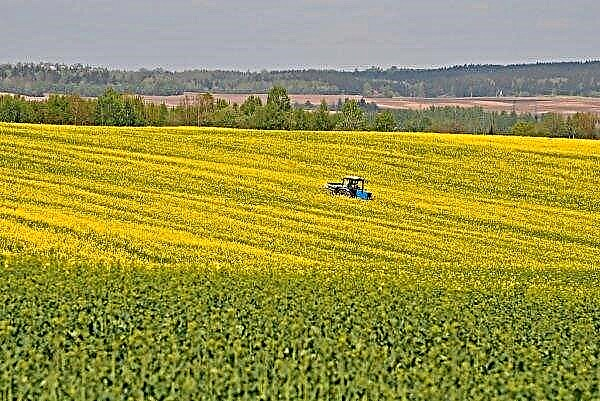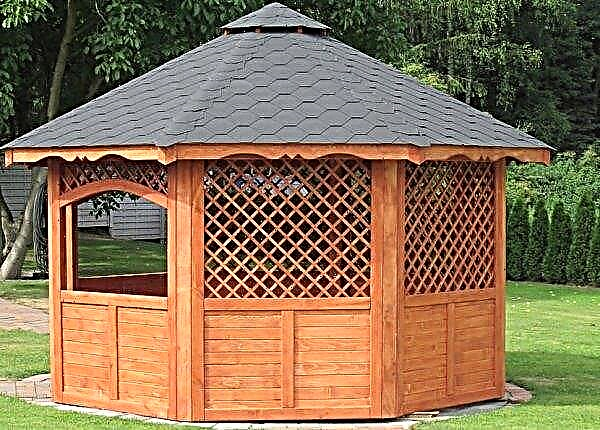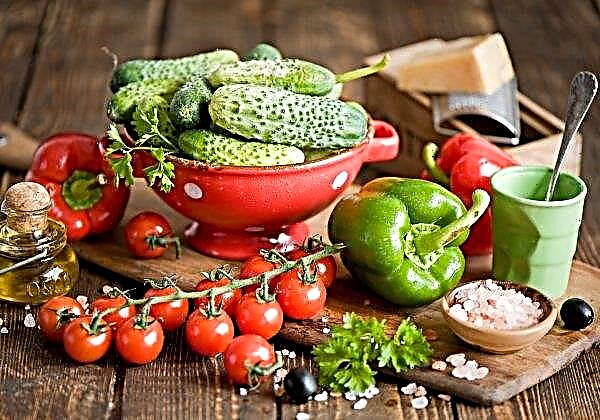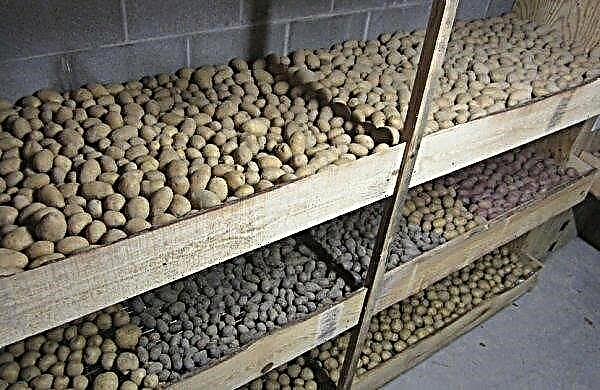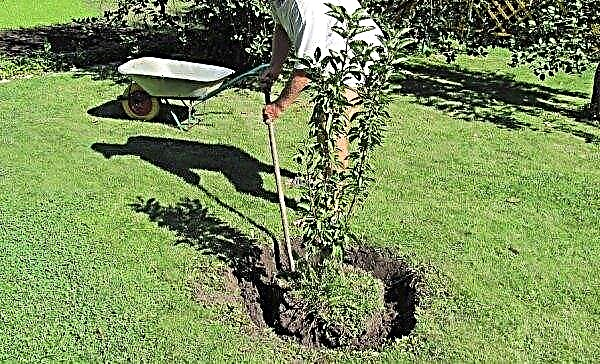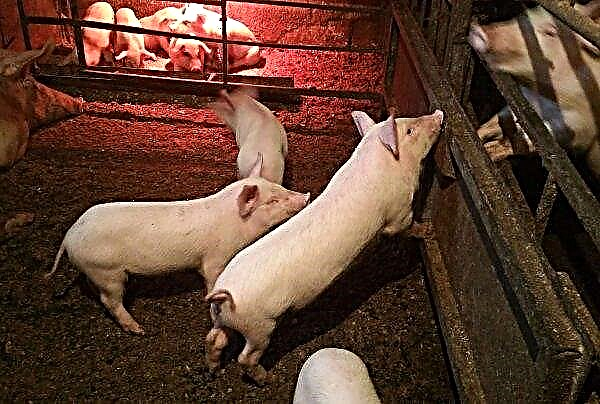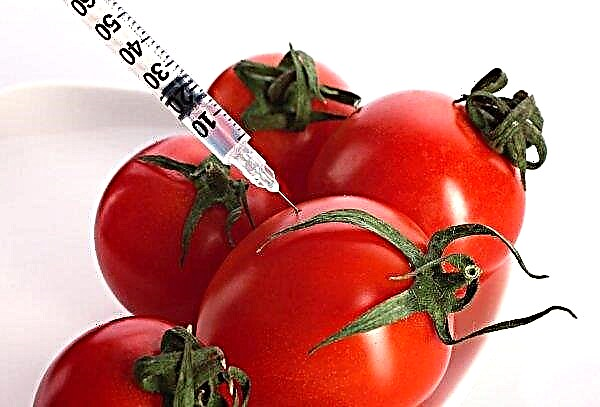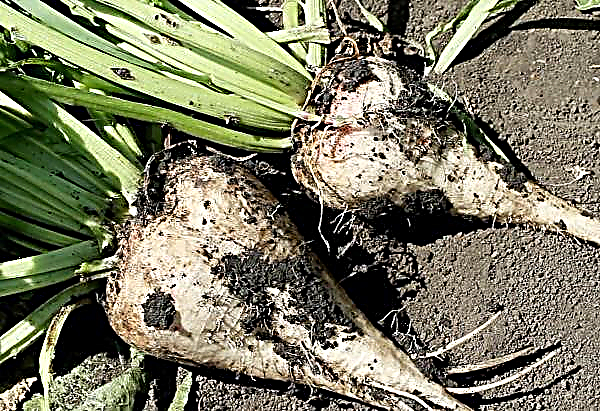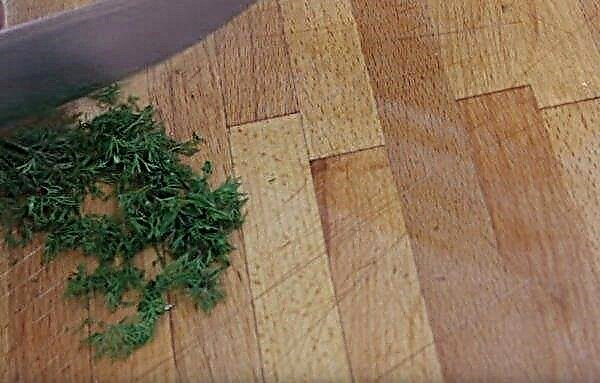Spruce Nidiformis is a beautiful plant that can decorate any area. If you want to grow a tree yourself, you need to study the description of the culture and learn how to care for it. Knowledge on how to propagate and transplant the plant will not be superfluous. Read about all this below.
Grade description
Norway spruce Nidiformis, or Picea abies Nidiformis, is a European dwarf variety. It features a dense crown of a pillow-shaped form. An adult plant reaches 1 m in height and about 3 m in width. There are no main branches, but the shoots grow on the sides at an angle of 45 ° up, forming a kind of nest. Coniferous needles are soft, grow to a length of 0.8–1 cm, have a bright green color.
The tree bears fruit with cones about 12 cm long and up to 4 cm wide, which at the beginning of the growing season have a green color, but become brown as they mature. Annual growth in height is small - 3-4 cm. In width, spruce grows by 5-8 cm per year.
Landscape design application
Like other dwarf spruce, Nidiformis is mainly used for landscaping. Low trees are harmoniously combined in any landscape design. Plants are planted in groups or singly. Pillow shape allows you to use trees to decorate borders and lawns. Nidiformis harmoniously looks on alpine hills and in rocky gardens.
Landing
Before landing, you need to choose a suitable site. Spruce Nidiformis is not demanding on the type of soil - any moderately fertile soil, for example, clay or sand-humus, is suitable. To acidity, the variety is also unpretentious. However, the culture grows poorly in marshy areas and areas where water stagnates.
Did you know? Spruce needles contain more vitamin C than lemon.
For planting, choose a well-lit garden. Trees tolerate shade, but grow better in the sun. After choosing a place, you can begin to prepare seedlings, a plot and directly to the planting itself.
Seedling Selection
For planting, buy seedlings of the age of 2-3 years. The root system must be closed. An earthen lump may be in a container or wrapped in burlap. Also check the tree itself: the branches should be holistic, without breaks and rot.
Site preparation
Before landing, you need to dig a landing hole. Its optimum depth is 0.8 m. Choose the width based on the size of the seedling. The diameter of the pit should be 1.5 times larger than the earthen coma on the rhizome of the seedling. If the spruce will grow in chernozem or heavy clay soil, dig a hole up to 1 m in size, leaving 0.2 m for the drainage layer. As drainage, you can use broken brick, expanded clay or crushed stone.
Step-by-step instruction
Prepare a nutritious soil mixture. To do this, mix 2 parts of turf soil and 1 part of sand and peat. You can also combine chernozem and sandy loam substrate in proportions of 2: 1. The finished mixture is needed to fill the pit.
Important! Burlap does not need to be removed during planting - the material will decompose in the ground within 2.5–3 years.
The landing technology is as follows:
- Place the seedling in the pit without removing the earthen lump. Pre-pour the seedling in the container to make it easier to remove from the container.
- Fill the voids in the hole with a nutrient mixture prepared in advance so that the root neck is at ground level. Pour the substrate in 3-4 approaches, each time pouring a small amount of water.
- Water the plant.

Care Features
In order for the spruce Nidiformis to grow healthy, the plantings must be properly looked after. The main procedures for growing - watering and feeding. Also, regular pruning is necessary so that the plant fully performs decorative functions. It is equally important to know how to deal with diseases and parasites that can affect the culture.
Did you know? The oldest spruce tree in the world grows in the Swedish national park Fulufiallet. The age of the tree is about 10 thousand years.
Watering and feeding
To grow spruce need to be regularly moistened. Spruce over one year old moisturize every 1-1.5 weeks. Under a tree, pour 1 bucket of water for one irrigation.
Plants are watered in the first year according to this scheme:
- in spring and autumn - every 7 days;
- in the summer - every 3 days.

The Nidiformis variety is responsive to moderate top dressing. Immediately after planting, add 100–150 g nitroammophoski under the spruce. Then the plant is fertilized annually in early spring.
For replenishment, agents developed for conifers are used according to the instructions, for example:
- Agrecol - 20-30 g under the tree;
- Arvi Fertis - 10–25 g wood.
Important! Avoid top dressing saturated with nitrogen, such as ammonium nitrate or fresh manure. When supersaturated with nitrous agents, the plants will grow and cease to look aesthetically attractive.
Pruning
In late spring - early summer carry out sanitary pruning. For this, the plant is inspected and dry and broken branches are removed. In horticultural practice, it is customary to lubricate the places of cuts with garden varieties, but this does not apply to fir trees - conifers emit tar, which serves as a natural antiseptic.
Also spruce Nidiformis is trimmed for decorative purposes. Formative pruning is done for landscape design. Often, trees get rid of lateral processes that spoil the appearance of the plant.
Pest and Disease Control
Disrupt the viability of eating Nidiformis can diseases and pests.The most common Schütte disease. This is a fungal infection that causes the needles to dry out and change their color to brown. For prevention, trees are sprayed in October and March with a 1% solution of Bordeaux mixture. At the first symptoms, the affected branches need to be cut. As a treatment, a 0.2% solution of Fundazole is used (single spraying).
Of the pests for culture are dangerous:
- spruce larch hermes;
- spruce ordinary sawfly.

Parasites can be removed with insecticides, for example, with the Aktara drug. 8 g of the concentrate is diluted in 10 l of water. The amount obtained is enough to process 10 m² of plantings. The period of action of the solution is 2-3 weeks.
Breeding
Spruce Nidiformis aged 5 to 10 years propagated by cuttings.
To do this, prepare:
- secateurs;
- knife;
- a pot or container;
- drug "Kornevin";
- coniferous soil (sold in specialized stores).

For effective reproduction, prepare a root stimulant solution. For this, the drug "Kornevin" diluted in water at the rate of 1 g per 1 liter of water.
Then proceed as follows:
- Cut secateurs to branches up to 10 cm long.
- Strip the cut with a knife.
- Place the cuttings with the cut in the Kornevin solution for 24 hours.
- Pour special soil for conifers into a pot or container.
- Plant the treated cuttings in the soil to a depth of 5 cm, maintaining an angle of 30–35 °.
Video: Propagation of spruce by cuttings
After planting, water the cuttings daily. After a month and a half (in some cases - up to six months), the plant will take root.
Transfer to a permanent place
You can move the spruce to the site in October, that is, six months after planting. To do this, you need to dig a planting hole with the parameters described above, which are needed for planting purchased seedlings. The plant is watered in a pot and extracted with an earthen lump. After transplanting, the seedling is watered. Although the culture survives frosts down to –40 ° С, it is better to close a young tree for the winter with a spanbond.
Growing spruce Nidiformis is easy. This is an unpretentious tree that does not require special care. The main thing is to plant the seedling correctly and take care of it. With a little effort to grow the crop, the gardener will receive an attractive plant that can decorate any landscape.


